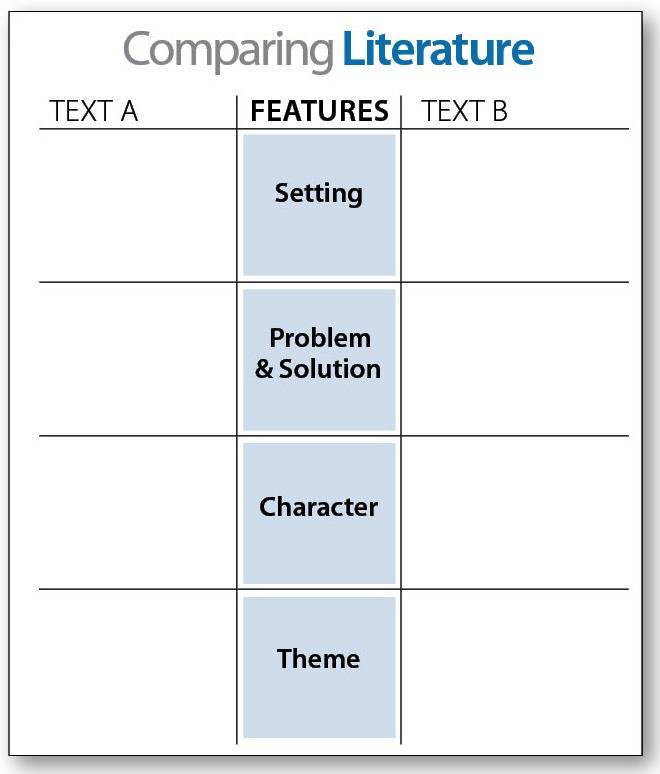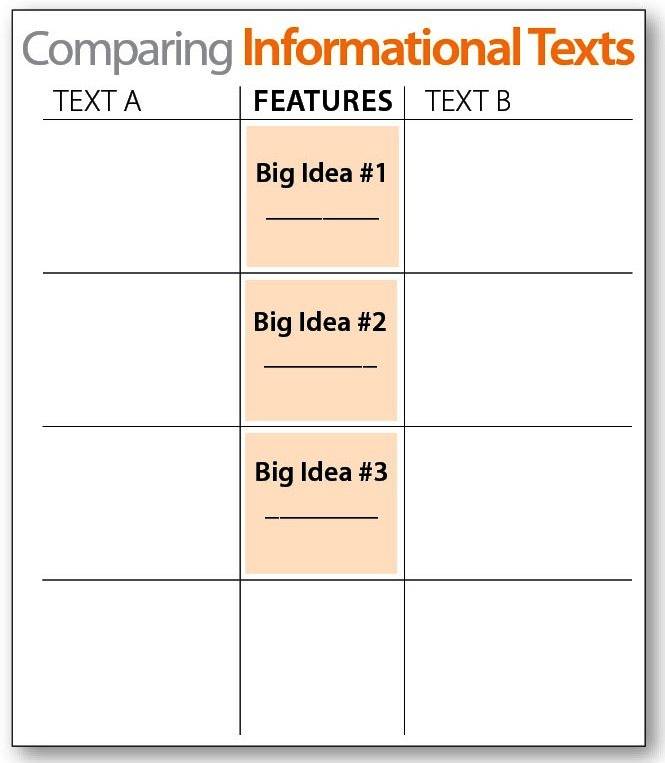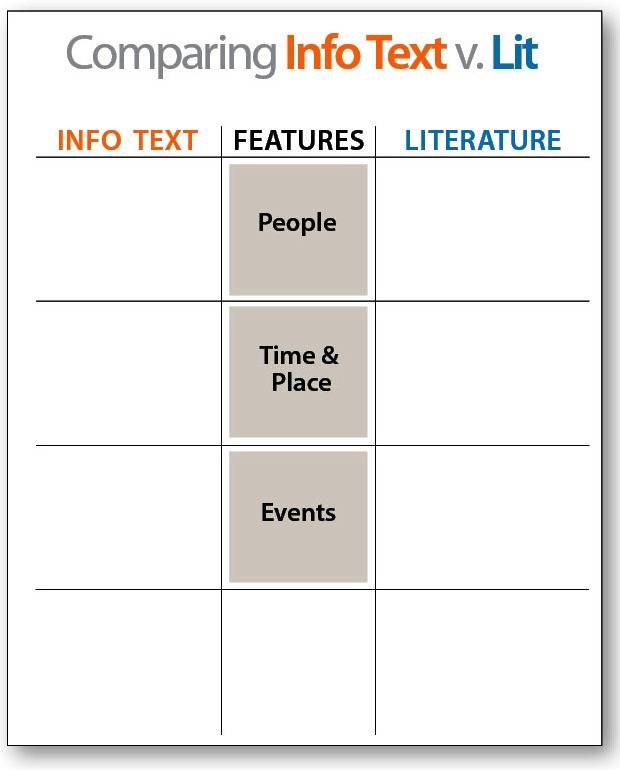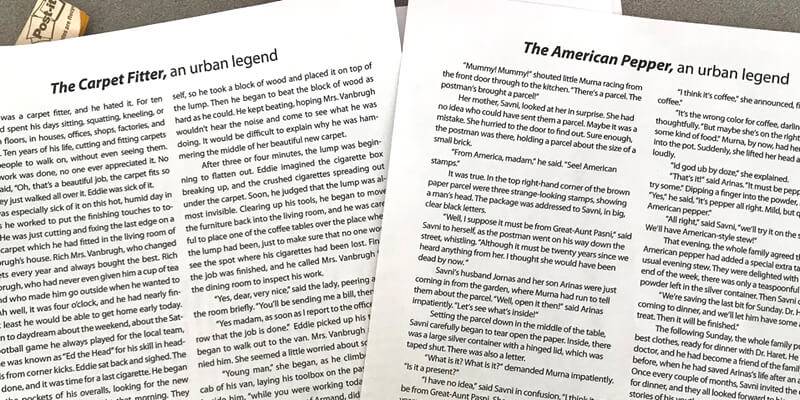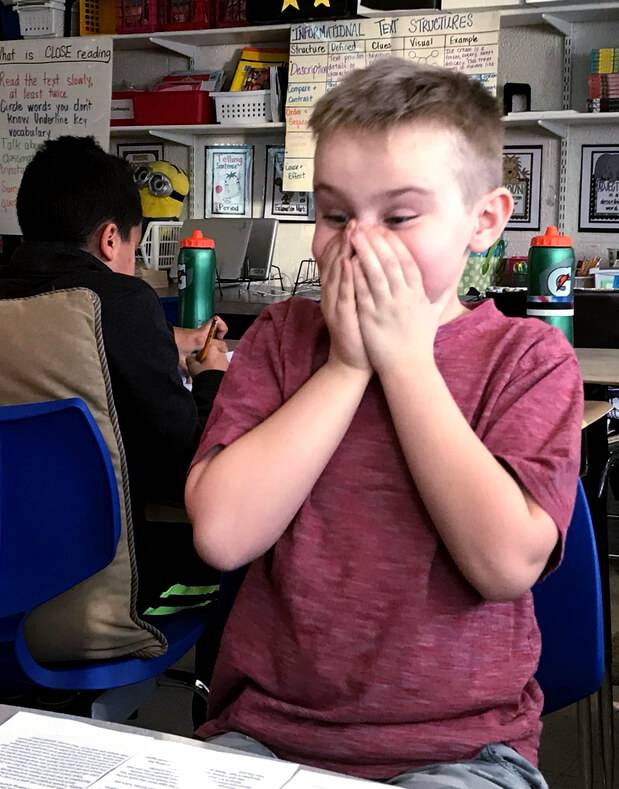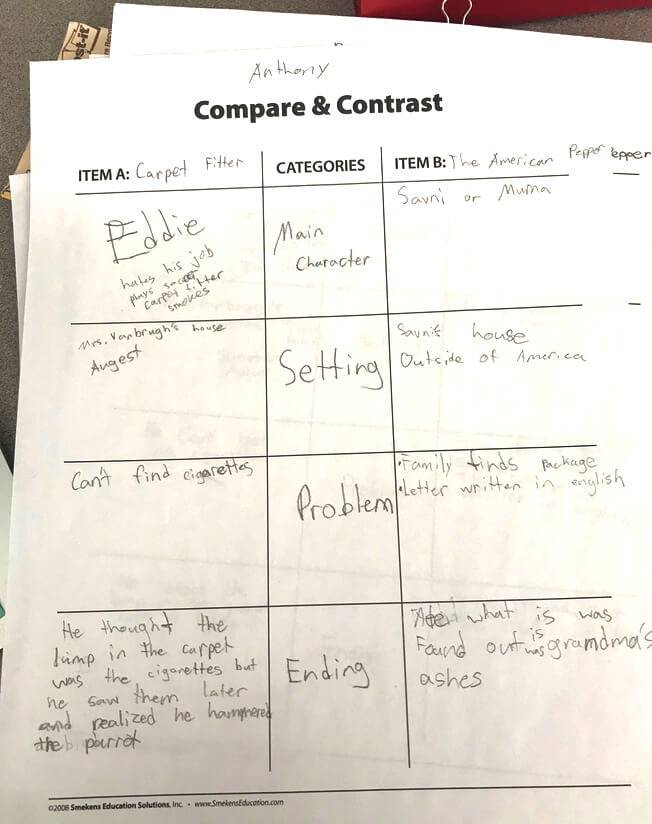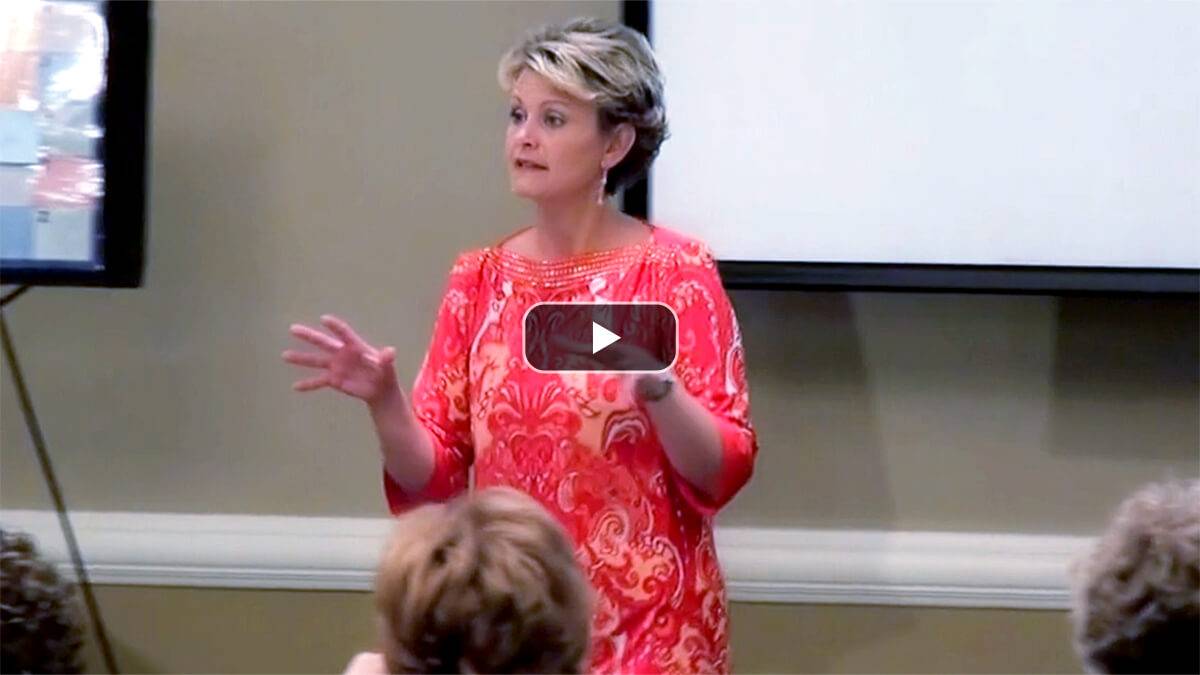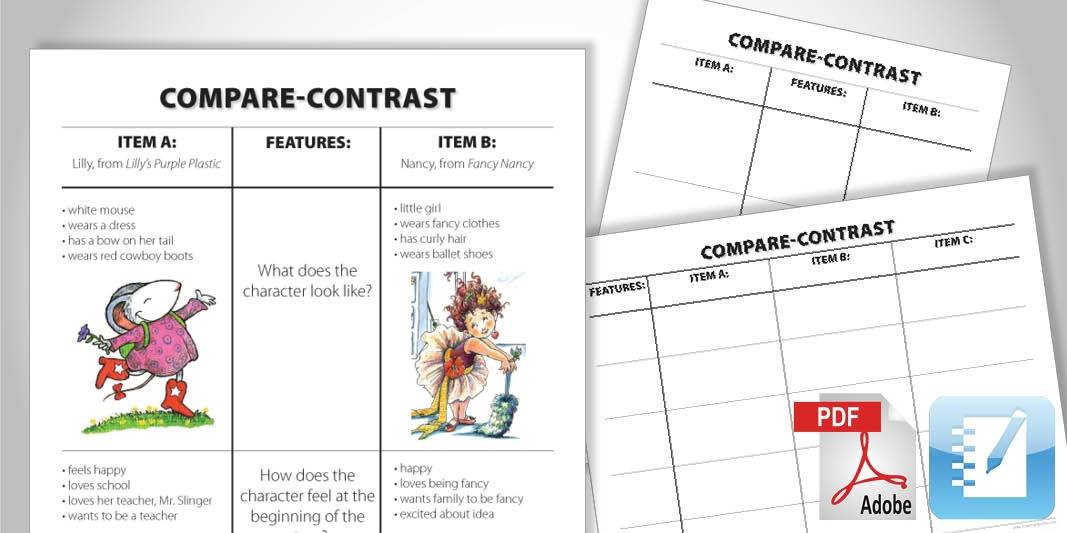Learning Center
reading
Find common ground when comparing texts
april 17, 2017
The secret to comparing two texts is to find common ground. However, categories of comparison vary depending on the text types in question.
Comparing literary texts
If the texts are both literature, then students should focus on how story elements are presented in each. Using a T-Chart, note details about the setting, the problem, the solution, character details, theme, etc. Do this for both texts. After completing the Literature v. Literature T-Chart, students are ready to write a comparison showing how each text dealt with the different elements of fiction.
Comparing informational texts
When the texts are nonfiction, students have to determine the common ideas represented in both texts. While reading Text A, the students should look for the major concepts that are revealed. Each of these big ideas is then noted in the center column of the Info Text v. Info Text T-Chart. In addition, specific details, facts, and information for each of those big ideas are jotted in the left column (Text A).
While reading Text B, students note specific details in the right column for each of the same big ideas. CAUTION: Both texts may deal with the same concepts, but not necessarily in the same order.
Comparing different genres
When comparing different genres of text–literature v. information text–it may initially seem these are more different than they are alike. For example, how does one compare a historical fiction to a historical account or a sci-fi excerpt to a science-based textbook passage on a similar concept?
Again, the secret is to establish common facets that are shared between the literature and the informational text.
- Both texts typically have important subjects/concepts or people (e.g., individuals, groups, organizations, cultures, etc.).
- Both texts typically take place in a relevant setting (e.g., geographic location, era, time period, weather, mood, etc.).
- Both texts typically revolve around a main event (e.g., problem, discovery, invention, action, process, etc.).
When the texts are of the same genre, then it doesn’t matter which is read first. However, when they are different, always start with the nonfiction text (left column). This provides students a baseline of fact. Then, when reading the literature (right column), they are jotting the details that demonstrate an accurate account of those same people, settings, and events–or those that stray from reality.
During a unit of reading that included two short urban legends, Jodie Pulciani watched her fifth grade students as they read. Her Madison Elementary (Lombard, IL) readers were in for a surprise as both legends include twist endings. Jodie shared, “I was waiting with camera ready as they were reading! Here you can truly SEE comprehension!”

